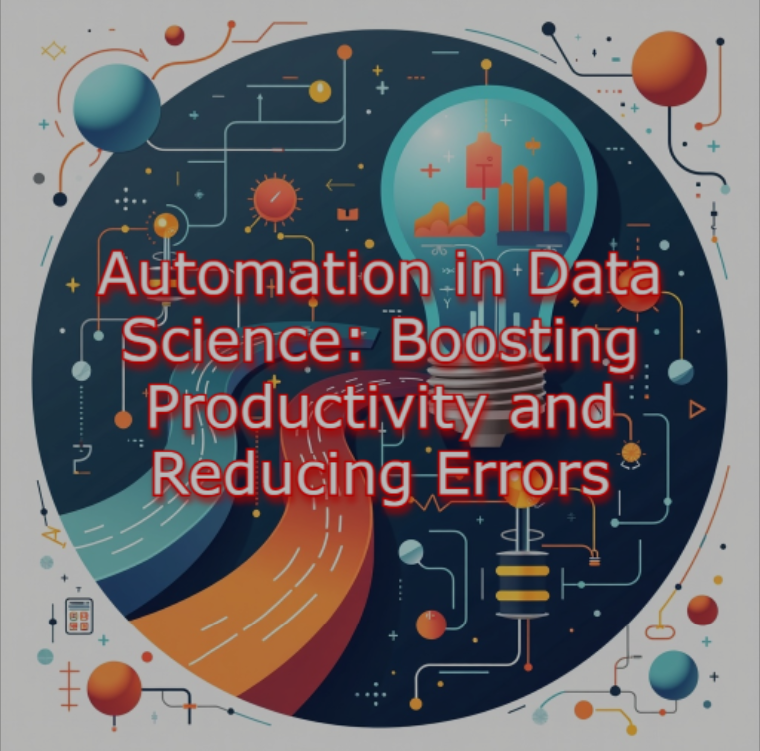Automation in Data Science: Boosting Productivity and Reducing Errors

In 2025, automation has evolved from a helpful adjunct to a core enabler within data science workflows. By automating routine tasks, organizations accelerate insights delivery and minimize error-prone manual processes, freeing data scientists to focus on strategic, high-value work.
Automated Data Preparation
Data cleaning and transformation often consume up to 80% of a data scientist’s time. Consequently, tools like Trifacta and open-source frameworks automate preprocessing—handling missing values, normalizing formats, and detecting anomalies with consistent accuracy1. As a result, teams achieve faster, more reliable pipelines, reducing data wrangling errors by up to 50%2.
Smart Feature Engineering
Feature selection and creation are critical yet tedious tasks. Therefore, AutoML platforms (such as Google’s Vertex AI and H2O.ai) apply machine learning to recommend and generate features based on statistical relevance and model performance3. Consequently, model accuracy improves while developers save hours otherwise spent on trial-and-error feature crafting.
Automated Model Development and Tuning
Automated machine learning (AutoML) solutions streamline model selection, hyperparameter tuning, and validation. Tools like DataRobot and AutoKeras train hundreds of candidate models, then select optimal pipelines—often matching expert-built models in a fraction of the time34. Furthermore, built-in validation checks guard against overfitting, reducing the risk of deploying faulty models.
Deployment and Monitoring Pipelines
MLOps platforms such as Kubeflow and Seldon automate containerization, deployment, and continuous monitoring of production models. Automated alerts flag drift or performance degradation, triggering retraining workflows without manual intervention5. Consequently, enterprises maintain model accuracy and compliance, while lowering operational overhead.
Error Reduction through Validation and Governance
Automation enforces standardized validation at every stage. Data contracts, automated tests, and version control integrated into pipelines prevent silent errors from creeping into production6. Moreover, policy-as-code frameworks ensure governance rules—privacy checks, bias audits—execute automatically, improving trust and auditability.
Enhanced Collaboration and Knowledge Transfer
Finally, automated documentation and “data notebooks” record each pipeline step—transformations, feature definitions, model metrics—creating a living blueprint for teams6. This transparency reduces miscommunication, accelerates onboarding, and fosters cross-functional collaboration between data scientists, engineers, and analysts.
By integrating automation across data preparation, feature engineering, model development, and operations, organizations in 2025 realize measurable productivity gains—often halving time-to-insight—while slashing error rates. As AI-driven automation tools continue to mature, data science will become increasingly scalable, reliable, and impactful.